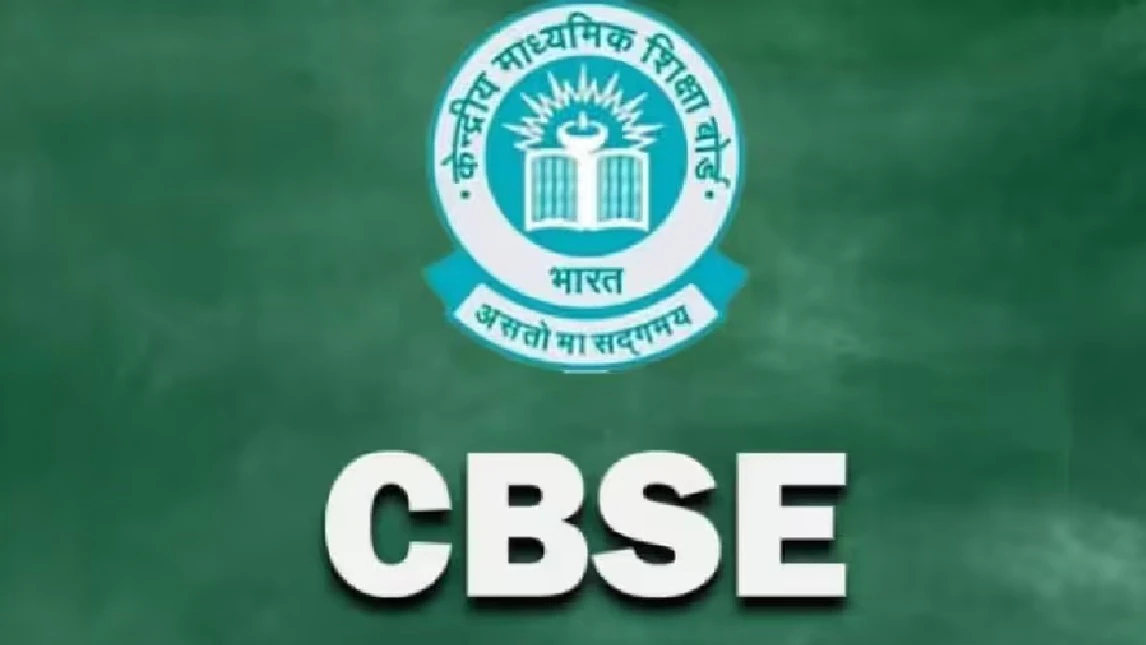The CBSE Class 10 Social Science examination was conducted on February 25, 2025. This pivotal assessment evaluates students’ grasp of history, geography, political science, and economics, forming a cornerstone of the secondary education curriculum. In this comprehensive analysis, we delve into the structure of the question paper, the nature of questions posed, and gather insights from both students and educators to provide a holistic understanding of the examination.
Structure and Format of CBSE Class 10 Social Science Exam
The CBSE Class 10 Social Science question paper was meticulously designed to assess a wide range of competencies, from factual recall to analytical skills. The paper was divided into six distinct sections: A, B, C, D, E, and F, encompassing a total of 37 questions. The distribution of marks and the nature of questions in each section were as follows:
- Section A: Comprised 20 multiple-choice questions (MCQs), each carrying 1 mark, totaling 20 marks.
- Section B: Included 4 very short answer questions, each worth 2 marks, summing up to 8 marks.
- Section C: Contained 5 short answer questions, with each question allocated 3 marks, totaling 15 marks.
- Section D: Featured 4 long answer questions, each carrying 5 marks, amounting to 20 marks.
- Section E: Presented 3 case-based questions, each with sub-parts, collectively worth 12 marks.
- Section F: Focused on map-based questions, contributing 5 marks to the total score.
The total duration of CBSE Class 10 Social Science was 3 hours, with the question paper designed to test not only the students’ knowledge but also their ability to apply concepts in various contexts. The internal choice provided in certain questions allowed students to select questions aligning best with their preparation and strengths.
Content Coverage and Question Analysis
The CBSE Class 10 Social Science question paper was lauded for its comprehensive coverage of the prescribed syllabus. It encapsulated key themes and topics from all four disciplines:
- History: Questions traversed significant events and movements, assessing students’ understanding of historical timelines and their implications.
- Geography: Emphasis was placed on physical geography, resource distribution, and environmental issues, with map-based questions evaluating locational knowledge.
- Political Science: Queries explored democratic processes, constitutional provisions, and the functioning of government institutions, testing both theoretical knowledge and practical understanding.
- Economics: The focus was on economic development, sectors of the economy, and contemporary economic challenges, encouraging students to apply economic concepts to real-world scenarios.
The multiple-choice questions in Section A were designed to assess quick recall and fundamental understanding. For instance, students were asked to identify languages included in the Eighth Schedule of the Indian Constitution and to recognize sectors based on given characteristics. These questions required students to have a firm grasp of basic concepts and facts.
Sections B and C, comprising very short and short answer questions, delved deeper into students’ conceptual clarity. Questions in these sections prompted students to explain processes like liberalization, analyze the significance of historical events such as the ‘Scholar Revolt’ in Vietnam, and interpret data related to educational attendance percentages. These questions were crafted to evaluate students’ ability to articulate their understanding concisely and accurately.
The long answer questions in Section D demanded a more elaborate exposition of ideas. Students were required to discuss infrastructural developments during French colonization in Vietnam, the impact of diseases like smallpox on European conquests, and the role of political parties in democratic reforms. These questions assessed students’ ability to construct coherent arguments and present detailed analyses.
Section E’s case-based questions presented real-life scenarios, requiring students to apply their theoretical knowledge to practical situations. For example, a case study on agricultural practices prompted students to identify and evaluate different farming methods, reflecting the application of geographical and economic concepts.
The map-based questions in Section F tested students’ geographical skills, asking them to locate and label significant features such as wildlife sanctuaries, rivers, and regions pertinent to historical events. This section reinforced the importance of spatial understanding in geography education.
Student and Educator Feedback Regarding CBSE Class 10 Social Science Exam
After CBSE Class 10 Social Science exam, feedback from students indicated a general consensus that the paper was balanced and fair. Many students found the MCQs straightforward, attributing their ease to diligent study of NCERT textbooks and consistent practice with previous years’ question papers. The map-based questions were perceived as direct and uncomplicated, aligning well with the practiced exercises.
However, some students reported challenges with time management, particularly in Sections D and E, where questions required comprehensive answers and critical thinking. The necessity to construct well-structured responses within the allotted time frame proved demanding for a segment of examinees.
Educators and subject experts echoed the sentiment of a well-structured paper. They appreciated the inclusion of diverse question types that collectively assessed a spectrum of cognitive skills, from basic recall to higher-order analysis. The alignment of questions with the prescribed syllabus and the emphasis on conceptual understanding over rote memorization were highlighted as positive aspects.
Teachers also noted that students who engaged deeply with the curriculum, participated in interactive learning sessions, and practiced analytical writing were better equipped to handle the complexities of the paper. The case-based questions, in particular, were praised for encouraging students to relate theoretical knowledge to practical applications, fostering a more profound comprehension of the subject matter.
Conclusion
The CBSE Class 10 Social Science examination of 2025 exemplified a well-crafted assessment that balanced the evaluation of knowledge, application, and analytical skills. The thoughtful integration of various question formats and the comprehensive coverage of the syllabus not only tested students’ academic proficiency but also prepared them for real-world applications of social science concepts. The feedback from both students and educators underscores the effectiveness of the examination in achieving
Also Read: GATE 2025 Official Answer Key






Be First to Comment